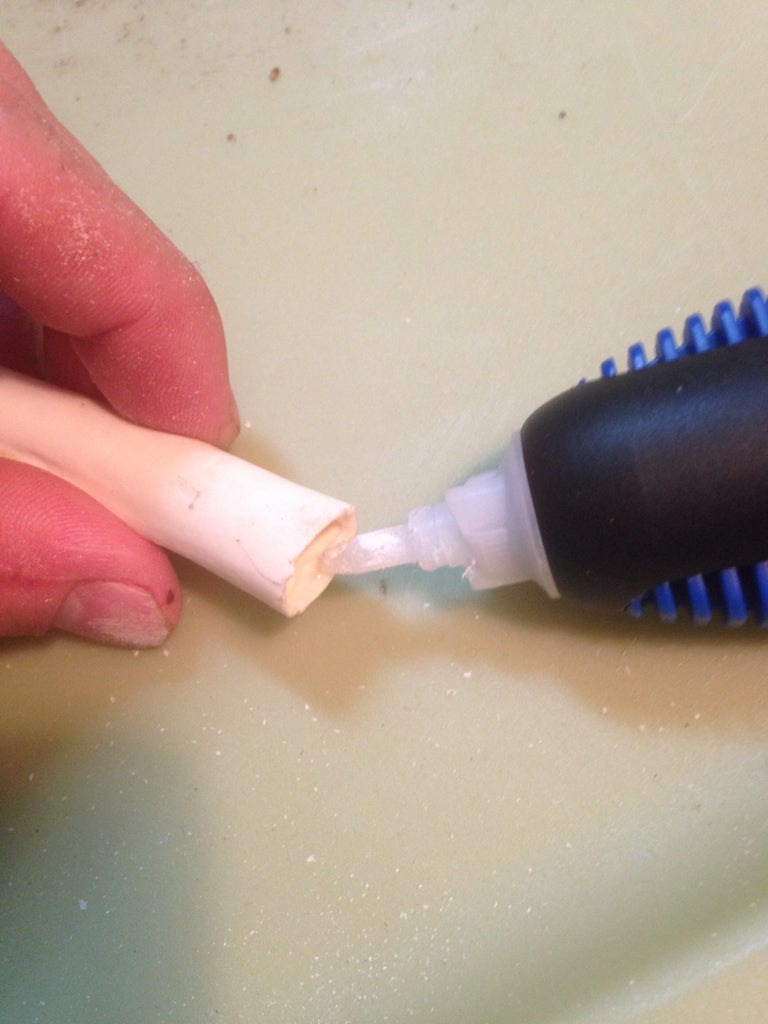Title: Unleash the Gobbler Whisperer Within: Mastering the Wingbone Turkey Call
The excitement of going turkey hunting comes from trying to imitate their intricate vocalizations. The wingbone call is unique among turkey calls because of its ease of use and potency. This tutorial will teach you the ins and outs of the wingbone call, making you an expert turkey caller who can draw gobblers in from a distance.
Anatomy of a Wingbone Call:
The wingbone call is made from a turkey’s wing bone, usually the humerus. The bone is hollowed out, leaving a thin, flexible membrane at one end. When air is forced through the bone, this membrane vibrates, creating a variety of turkey sounds.
Making the Call:
- Mouth Placement: Place the mouth piece of the yelper into the edge of your tightly closed lips. Some people insert the mouthpiece into the side of the lips, but the middle position is generally preferred.
- Airflow: Suck in air abruptly, like making a mock kiss. This creates a quick burst of air that vibrates the membrane and produces the desired sound.
- Practice Makes Perfect: It can be difficult to make any sound at all when you first try. Don’t get discouraged; keep practicing, and you’ll soon master the technique.
Types of Turkey Calls:
- Yelp: A high-pitched, single-note call that imitates a young turkey’s distress call. It is an effective way to attract the attention of gobblers.
- Cluck: A series of short, soft clucks that mimic the sound of a hen feeding. It is used to reassure gobblers and draw them closer.
- Purr: A low, continuous sound that mimics a contented hen. It is often used to calm down excited gobblers or to encourage them to come into shooting range.
- Gobble: A deep, resonant call that imitates the sound of a mature male turkey. It is used to challenge other gobblers or to show dominance.
Tips for Success:
- Listen to Real Turkeys: Pay close attention to the sounds that turkeys make in the wild. This will help you perfect your own calls.
- Vary Your Calls: Use a combination of yelps, clucks, purrs, and gobbles to sound like a real hen.
- Be Patient: Turkeys can be wary, so be patient and persistent with your calling.
- Practice Regularly: The more you practice, the more confident and skilled you will become.
Mastering the wingbone turkey call is a rewarding endeavor that can significantly enhance your turkey hunting success. With practice and dedication, you’ll be able to attract gobblers from afar and experience the thrill of calling in a majestic bird. Remember, patience, persistence, and a genuine passion for the outdoors are key ingredients in your turkey hunting journey.
Frequently Asked Questions:
- Where can I find a wingbone turkey call?
Wingbone turkey calls are available at most sporting goods stores and online retailers. You can also make your own call from the wing bone of a turkey.
- What is the best time to use a wingbone turkey call?
Wingbone turkey calls can be used throughout the turkey hunting season, but they are most effective during the spring breeding season when gobblers are actively searching for mates.
- How close should I be to a turkey when using a wingbone call?
The ideal distance for calling turkeys varies depending on the terrain and the behavior of the birds. However, a good rule of thumb is to start calling from at least 100 yards away.
- What other turkey calls should I learn?
In addition to the wingbone call, there are several other turkey calls that can be effective, such as the box call, the slate call, and the mouth diaphragm call. Experiment with different calls to find what works best for you.
- What are some tips for calling in turkeys?
Use a variety of calls to sound like a real hen. Be patient and persistent. Set up in a concealed location with good visibility. Use decoys to attract turkeys. And most importantly, have fun!
Introduction: Wingbone Turkey Call

This is one of the oldest turkey calls and is still in use today. The sound is unique and somehow mesmerizes wild turkeys. With a little practice, using the bones of another wild turkey to make yelps and clucks will draw fall flocks and spring gobblers. Be sure to follow your state and local hunting regulations.

The first three turkey wing bones (ideally from an adult hen, wild tom, or jake); super glue; thread; a hacksaw or dremel; sandpaper and a pocket knife; these are the supplies needed.
Step 3: Glue Bones Together


Use super glue gel to fit the bones together. If two bones are not a good fit, you can file down the shorter bone or smooth its edges. You want a snug fit, but dont force it. The bones will easily crack if forced.
